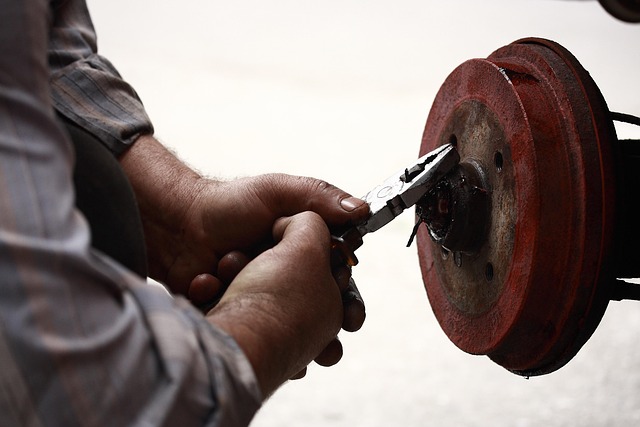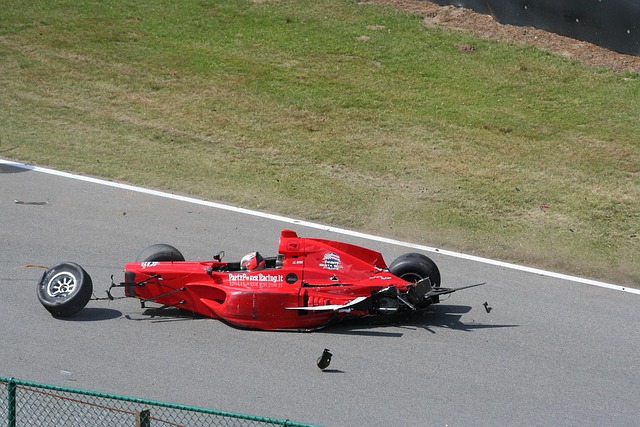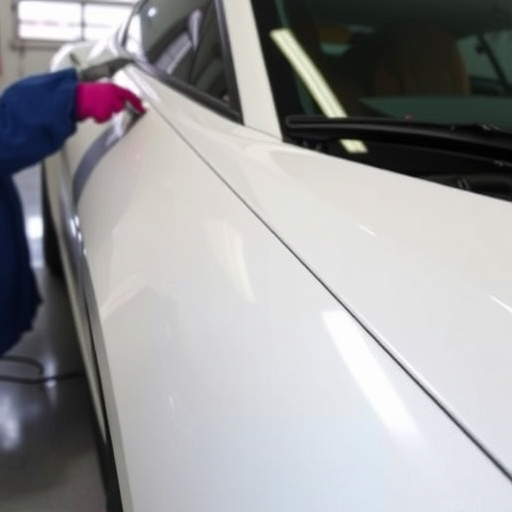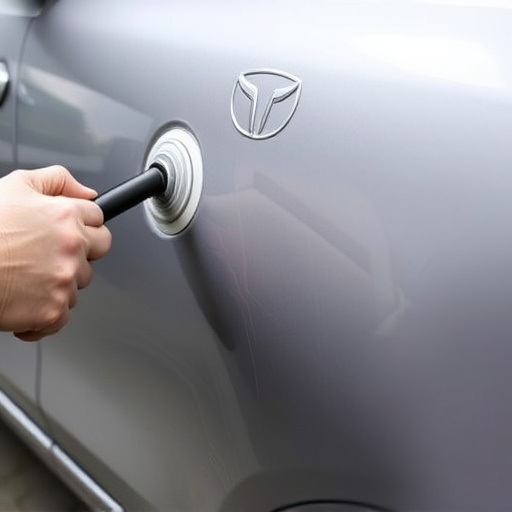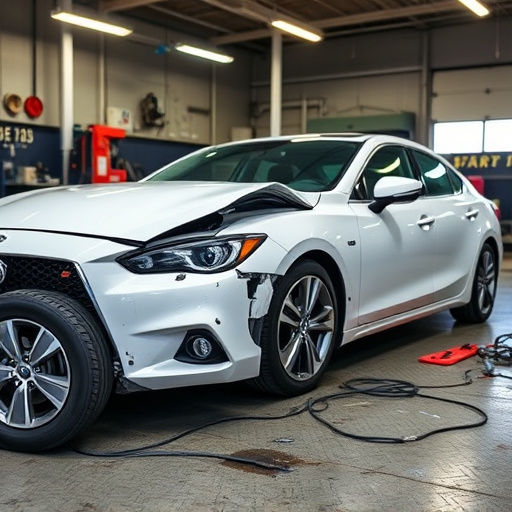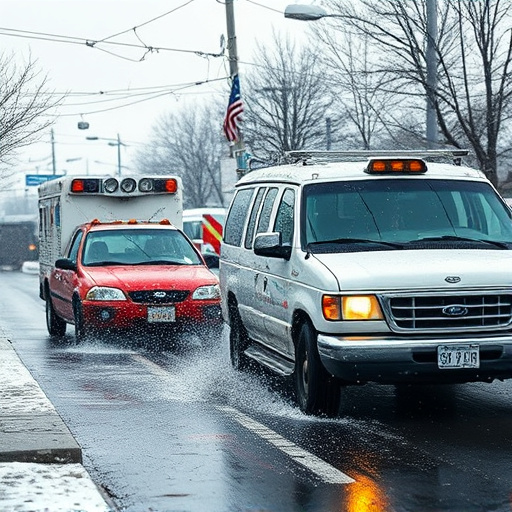Rural auto body shops thrive by strategically leveraging local resources and supply chains to keep costs low while maintaining high service quality. They source parts from nearby suppliers, minimize transportation fees, and foster skilled labor through community ties and partnerships. These shops offer tailored solutions, prioritize employee training, and adopt efficient workflows with digital tools for competitive pricing without sacrificing quality.
In the competitive automotive industry, rural auto body shops often face unique challenges in maintaining low costs. This article explores innovative strategies that these businesses employ to thrive. From leveraging local resources and supply chains to skilled workforce training and efficient workflow management, we delve into how rural auto body shops stay competitive while keeping expenses down. Discover their secrets to success in a market where convenience and cost-effectiveness are paramount.
- Leveraging Local Resources and Supply Chains
- Skilled Workforce Training and Retention Strategies
- Efficient Workflow Management Techniques & Innovation
Leveraging Local Resources and Supply Chains
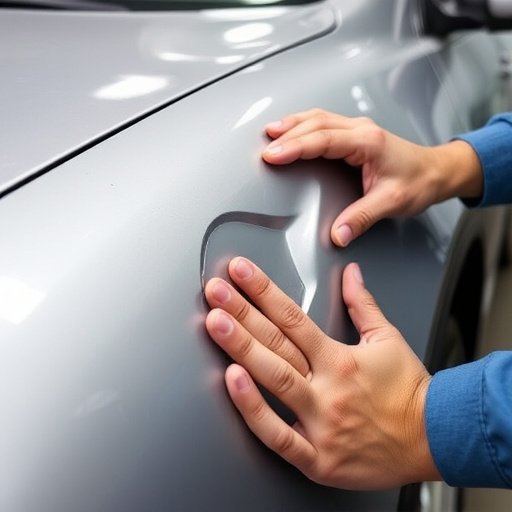
Rural auto body shops often thrive by leveraging local resources and supply chains, a strategic move that keeps costs low while offering high-quality services. By sourcing parts and materials from nearby suppliers, these shops minimize transportation and delivery fees, significantly reducing operational expenses. This approach also fosters stronger community ties, ensuring a steady stream of business through word-of-mouth recommendations.
Additionally, local resources provide access to skilled labor and specialized knowledge unique to the region, which is especially beneficial for tasks like fender repair or car dent removal. With auto repair near me being a top priority for many residents, these shops offer convenient, cost-effective solutions tailored to the specific needs of their rural community.
Skilled Workforce Training and Retention Strategies
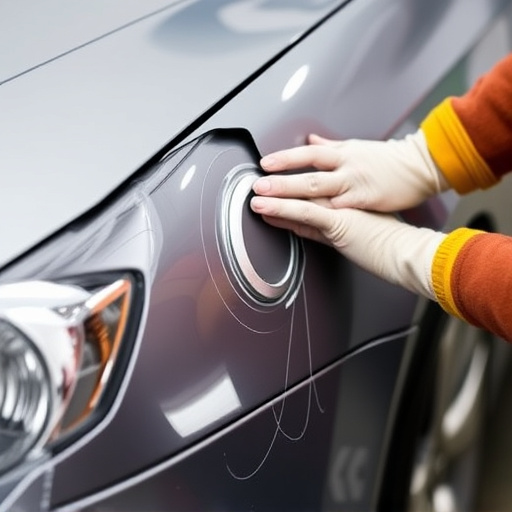
Rural auto body shops often face unique challenges when it comes to keeping costs low while maintaining a skilled workforce. To overcome this, many shops invest heavily in training programs that cater to both technical and soft skills required for vehicle collision repair. They partner with industry associations and local educational institutions to offer specialized courses, ensuring their employees are up-to-date with the latest tools and techniques in frame straightening and other advanced car repair shop procedures.
Retaining these skilled workers is another critical aspect of cost management. Rural auto body shops achieve this by fostering a positive work environment, offering competitive benefits packages, and promoting from within. They also encourage continuous learning and development opportunities, ensuring their employees remain engaged and motivated. These strategies not only help keep labor costs in check but also contribute to the overall quality and efficiency of services provided by rural auto body shops, making them competitive with larger urban car repair shops.
Efficient Workflow Management Techniques & Innovation

Rural auto body shops often thrive on their ability to offer cost-effective solutions without compromising quality. Efficient workflow management is a cornerstone of this strategy. By streamlining processes, these shops can reduce wasted time and resources. Simple techniques like just-in-time inventory management ensure that only necessary parts are ordered, minimizing storage costs and potential obsolescence, especially for classic car restoration projects where specialized parts are often required.
Innovation plays a significant role in keeping costs low. Many rural auto body shops adopt digital tools to enhance their operations. For instance, utilizing online platforms for tire services can attract a broader customer base and improve efficiency. Similarly, embracing modern repair techniques, such as laser welding or automated paint systems, can speed up vehicle restoration processes while reducing labor costs. These innovations not only keep the shop competitive but also allow them to offer competitive pricing without sacrificing quality.
Rural auto body shops maintain competitive pricing by strategically leveraging local resources, adopting efficient training and retention practices for their skilled workforce, and implementing innovative workflow management techniques. By tapping into regional supply chains and embracing cutting-edge technology, these businesses not only keep costs low but also ensure high-quality repairs, providing excellent value to their customers in diverse communities.



